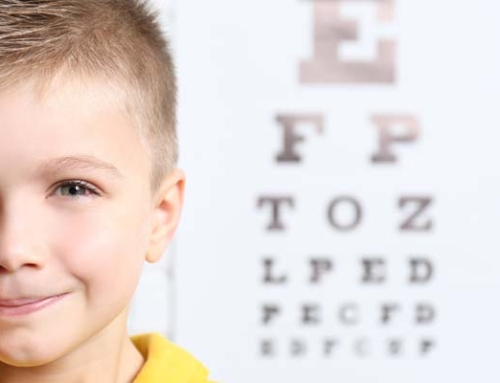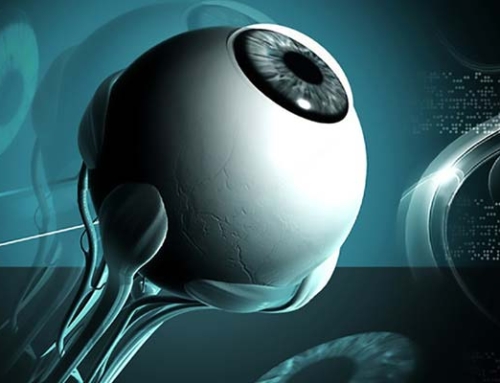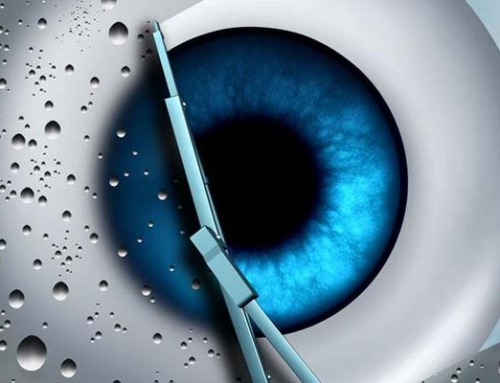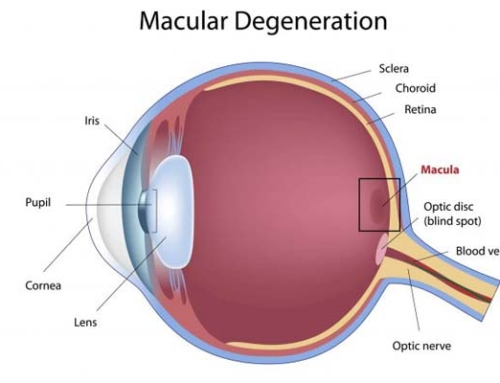Leukocoria can affect children and can show up being a symptom of another condition. Normally, the eye has a red reflex. But, in leukocoria, the pupil of one or both eyes show yellow, pale, white reflex, which is abnormal. The meaning of the term leukocoria itself explains the condition: “leukos” means white and “kore” means pupil. White eye is significantly evident in photographs or at low light levels. The asymmetric white eye is noticed by a family member of the child or recognized by a medical practitioner during a routine checkup. Ophthalmoscopy can easily detect the condition and that is why an examination of pupils is included in the newborn baby check in the nursery. If a white eye is noted in a child, it is necessary to refer the child to an ophthalmic specialist.
White eye can be caused due to many reasons;
- Light shining off the optic nerve – The most common cause of white reflex seen in a photograph. Light entering the eye at a certain angle may be reflected from the optic nerve. This becomes magnified and the white eye effect may be seen.
- Cataract – The next common cause of Leukocoria is cataract, clouding that develops in the lens of the eye.
- Persistent Hyperplastic Primary Vitreous (PHPV) – The vitreous is the jelly-like substance found in the inside of the eye. PHPV develops due to an embryological disorder and results in cataract or a scarred retina (film of the eye).
- Vitreous hemorrhage (Rhegmatogenous RD) – In this condition, small amounts of blood leak into the vitreous of the eye. It most possibly occurs due to a tiny tear in the retina, preventing much of the light passing through to the retina and potentially causing white eye.
- White eye can also be due to a serious condition known as retinoblastoma. These tumors are rear tumors and predominate among children. In the US, 50% of leukocoria cases are diagnosed with retinoblastoma.
Leukocoria can be diagnosed using several methods; direct ophthalmoscopy, slit-lamp biomicroscopy and indirect ophthalmoscopy, retinal fundus photography, fluorescein angiography and optical coherence tomography (OCT). Further testing will help in diagnosing the underlying causes. Early diagnosis can benefit in many ways, as it can prevent serious damages to the vision and visual structures. Therefore, the optometrists suggest taking your child to an eye checkup as soon as possible if you ever notice a white eye.
Managing and treating white eye varies according to the underlying condition. Although, many parents fear of retinoblastoma when they notice a white eye, most referred white reflex turns out to be nothing. Anyhow, timely referral and getting tested is still essential to reassure that your child has nothing to worry about. During your consultation with the eye specialist or optometrist, make sure you mention any family history of cataract or retinoblastoma. Once the child is recognized to have white eye, he/she will be referred to an ophthalmologist for further investigations.






